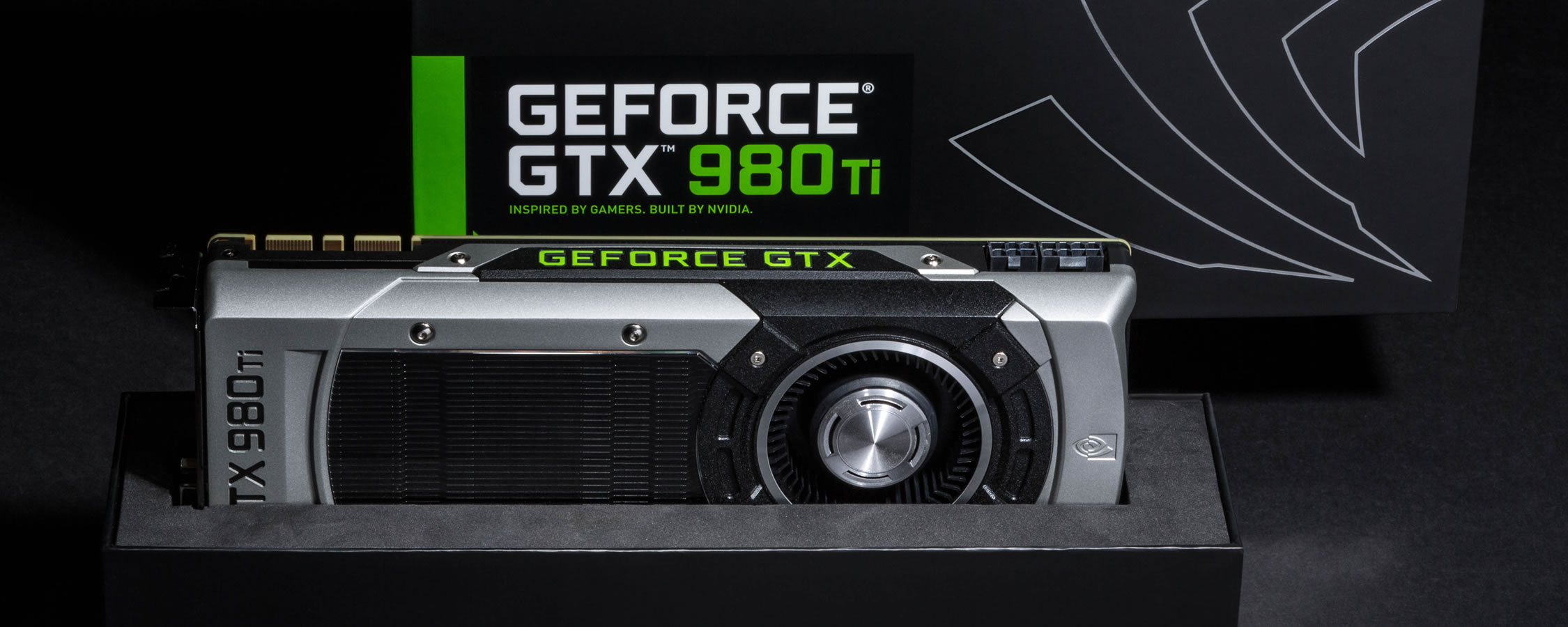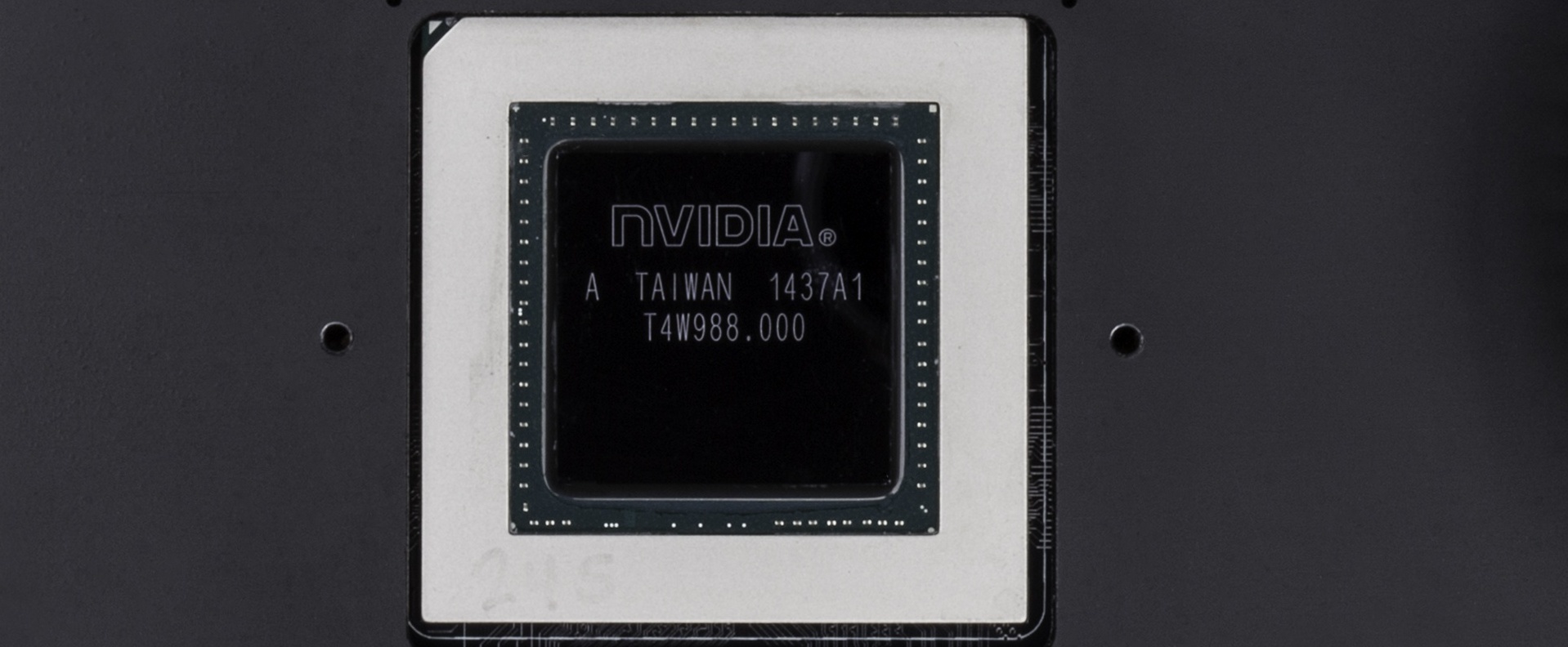Nvidia's graphics lineup could be deemed complete in the enthusiast front. Starting at $200 with the GeForce GTX 960 and finishing at $1,000 with the 3072 CUDA core monster that is the GTX Titan X. Hardcore gamers with cash to spare will arguably say the finish line isn't crossed until you hit two or even three Titan Xs, but I digress.
The GeForce 900 series based on the Maxwell GPU architecture is completed by the original GeForce GTX 980 and GTX 970 that arrived eight months ago. However Nvidia appears to be ready for a repeat with a Ti edition GPU that bridges the distance between its former GTX 980 flagship and the latest Titan.
The GTX Titan X is still a new endeavor, arriving to market in late March, it raised the bar for single GPU performance – or rather took the bar and placed it so high that it almost warranted the Titan X's otherwise exorbitant asking price. In fact, had Nvidia not nerfed double precision compute performance, the Titan X would have been a serious deal at $1,000.
Regardless of pricing, there's a reason for the Titan X to exist: they sell like hotcakes. Even though we found the Titan X to be ~37% faster than the GTX 980 while costing 80% more, that hasn't stopped sales to exceed supply.
The new GeForce GTX 980 Ti is still targeting 4K gaming and with 6GB of memory onboard it's still overkill but without excess. Whereas the Titan X featured a fully-fledged GM200 chip with 24 streaming multiprocessors and 3072 CUDA cores, the new GeForce GTX 980 Ti has been slightly downgraded to 22 SM units and 2816 cores. The massive 12GB memory buffer found on the Titan X has been slashed in half resulting in an ample 6GB buffer, 2GB more than the original GTX 980.
Nvidia is banking on three new developments to further push sales of high-end GPUs:
Later this year Microsoft will release DirectX 12 which will reduce CPU overhead and enable new graphics features. For example, volume tiled resources will allow developers to render fire and smoke with richer detail than ever before. According to Microsoft there are at least a hundred game developers already working on DX12 titles.
High resolution gaming, i.e. 4K gaming, is also creating demand for more powerful GPUs. This accounts for much of the Titan X's success as the first graphics card that can deliver playable 4K performance on a single GPU. Thanks to falling prices the adoption of 4K displays is really taking off. In the last 12 months, the 4K market segment has doubled in growth.
Virtual reality is also expected to drive PC gaming in the coming years. Nvidia seems to have a leg up as all leading VR makers have demonstrated their products on GeForce GPUs.
GeForce GTX 980 Ti
We expect the GTX 980 Ti to be another processing powerhorse. As noted earlier, the GTX 980 Ti features a core configuration that consists of 2816 SPUs which take care of pixel/vertex/geometry shading duties, while texture filtering is performed by 176 texture units. With a base clock frequency of 1000MHz, texture filtering rate is 176 Gigatexels/sec, which is over 20% higher than the GTX 980. The GTX 980 Ti also ships with 3MB of L2 cache and 96 ROPs.
The memory subsystem consists of six 64-bit memory controllers (384-bit) with 6GB of GDDR5 memory. This means that the 384-bit wide memory interface and 7GHz memory clock deliver a peak memory bandwidth that is 50% higher than GTX 980 at 336.5GB/sec, the same as the Titan X.
The large 6GB memory buffer should allow gamers to play DX12 games on the GTX 980 Ti at 4K resolutions without worrying about running short on graphics memory.
Whereas the Titan X is built using the full implementation of the GM200 chip, the GTX 980 Ti has been cut down slightly, however the display/video engines are unchanged from the GM204 GPU used in the GTX 980. Also like the GTX 980, overall double-precision is 1/32 the rate of single-precision instruction throughput.
The base clock speed of the GTX 980 Ti is 1000MHz, with Boost Clock speed of 1075MHz, it matches the Titan X. The Boost Clock speed is based on the average GTX 980 Ti card running a wide variety of games and applications.
Setting performance aside for a moment, one of the GTX 980 Ti's other noteworthy features is its stunning board design. The design is virtually identical to that of the Titan X as the same aluminum cover has been used. The metal casing gives the board a premium look and feel.
A copper vapor chamber is used to cool the GTX 980 Ti's GM200 GPU. This vapor chamber is combined with a large, dual-slot aluminum heatsink to dissipate heat off the chip. A blower style fan then exhausts this hot air through the back of the graphics card and outside the PC's chassis. The fan is designed to run very quietly, even while under load when the card is overclocked.
If you recall, the GTX 980 reference board design included a backplate on the underside of the card with a section that could be removed to improve airflow when multiple GTX 980 cards are placed adjacent to each other (as with 3- and 4-way SLI, for example). To provide maximum airflow to the GTX 980 Ti's cooler in these situations, Nvidia does not include a backplate on the reference card.
The GTX 980 Ti reference board measures 10.5" long. Display outputs include one dual-link DVI output, one HDMI 2.0 output and three DisplayPort connectors. One 8-pin PCIe power connector and one 6-pin PCIe power connector are required for operation.
Speaking of power connectors, the GTX 980 Ti has a TDP rating of 250 watts (same as Titan X) and Nvidia calls for a 600w power supply for running a single card. That is a little over 50% higher than the TDP rating of the GTX 980, though it is still 14% lower than the Radeon R9 290X.
Nvidia says that being an enthusiast's graphics card, the GTX 980 Ti has been designed for overclocking and implements a six-phase power supply with overvoltage capability. An additional two-phase power supply is dedicated for the board's GDDR5 memory. This 6+2 phase design supplies GTX 980 Ti with more than enough power, even when the board is overclocked. The GTX 980 Ti reference board design supplies the GPU with 275 watts of power at the maximum power target setting of 110%.
Nvidia has used polarized capacitors (POSCAPS) to minimize unwanted board noise as well as molded inductors. To further improve the card's overclocking potential, Nvidia has improved airflow to these board components so they run cooler compared to previous high-end GK110 products, including the original GTX Titan.
Moreover, Nvidia told us they were able to push the GTX 980 Ti up to 1.4GHz using nothing more than the supplied air-cooler during its testing, so we're obviously interested in checking that out.
Test System Specs
All GPU configurations have been tested at 2560x1600 and 3840x2160 UHD 4K resolutions. Graphics cards were tested with core and memory clock speeds set to AMD and Nvidia's specifications.
- Intel Core i7-5960X (3.0GHz)
- x4 4GB Kingston Predator DDR4-2400 (CAS 12-13-13-24)
- Asrock X99 Extreme6 (Intel X99)
- Silverstone Strider Series (700w)
- Crucial MX200 1TB (SATA 6Gb/s)
- Nvidia GeForce Titan X (12288MB)
- Nvidia GeForce GTX 980 Ti (6144MB)
- Gainward GeForce GTX 980 (4096MB)
- Gainward GeForce GTX 970 (4096MB)
- Palit GeForce GTX 780 Ti (3072MB)
- Palit GeForce GTX 780 (3072MB)
- AMD Radeon R9 295X2 (2x 4096MB)
- Gigabyte Radeon R9 290X (4096MB)
- Gigabyte Radeon R9 290 (4096MB)
- HIS Radeon R9 280X (3072MB)
- Microsoft Windows 8.1 Pro 64-bit
- Nvidia GeForce 352.90
- AMD Catalyst 15.5 Beta
Benchmarks: Crysis 3, BioShock, Metro Redux
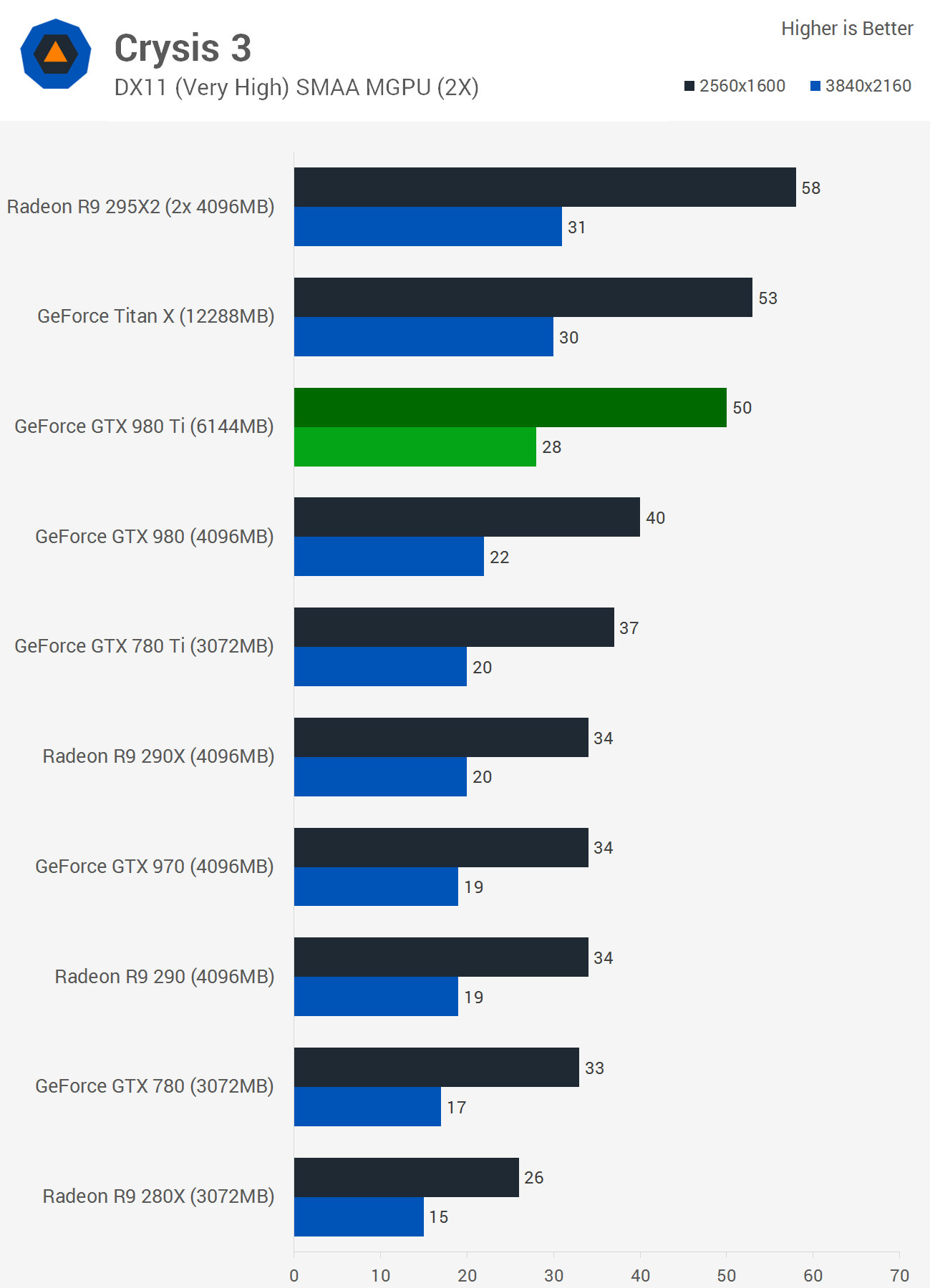
The GeForce GTX 980 Ti averaged 50fps at 1600p making it 40% faster than the Radeon R9 290X and 27% faster than the GTX 980. It also managed to trail the Titan X by just 2-3 fps. Upping the resolution to 2160p the GTX 980 Ti delivered just 28fps and while the performance margins between the Titan X and GTX 980 remained the same, the GTX 980 Ti was now 47% faster than the R9 290X.
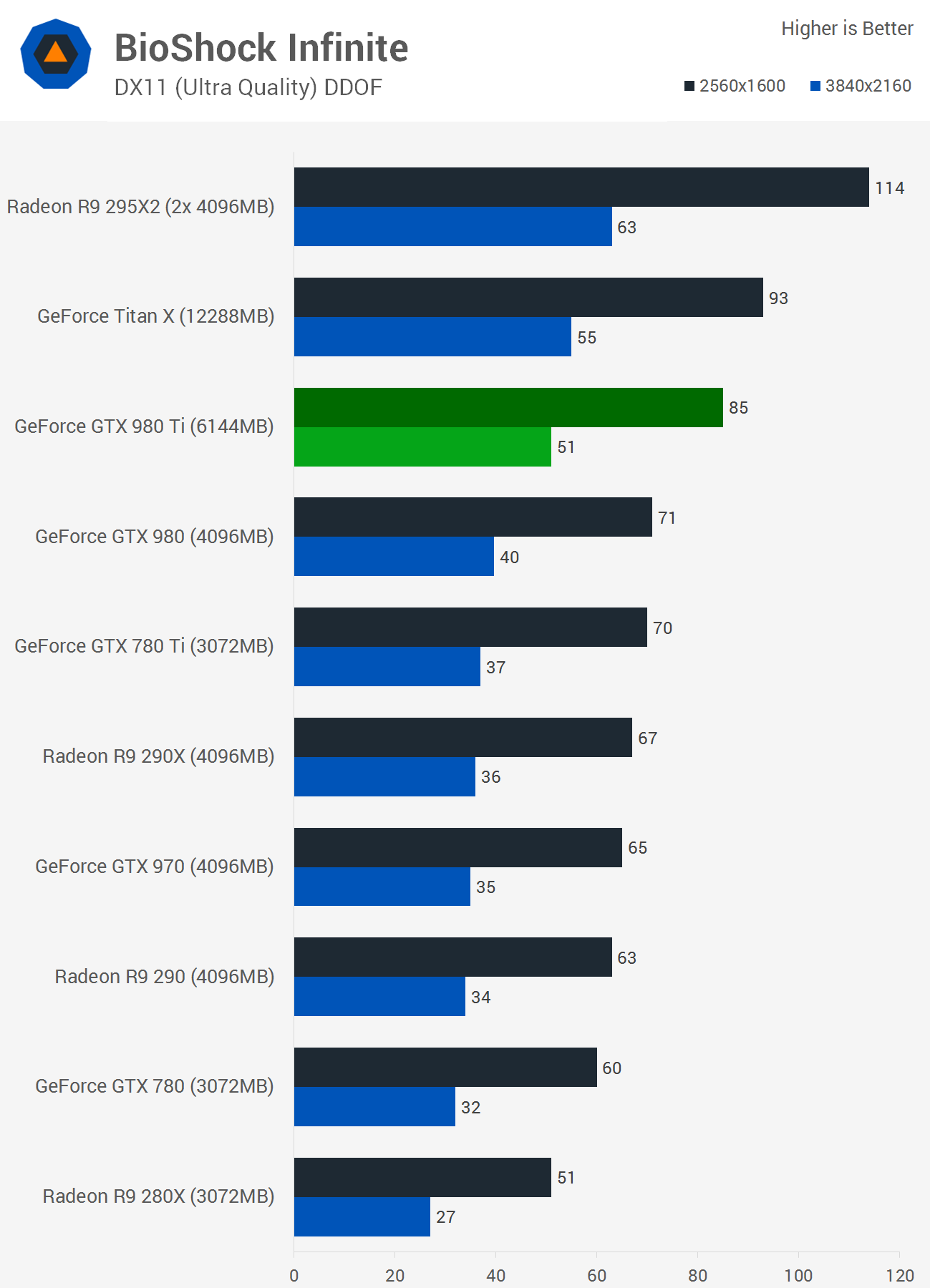
BioShock Infinite is easily playable at 4k as the GeForce GTX 980 Ti averaged 51fps, making it just 7% slower than the Titan X, but 28% faster than the GTX 980. The 980 Ti was also 42% faster than the Radeon R9 290X which averaged 36fps at this resolution.
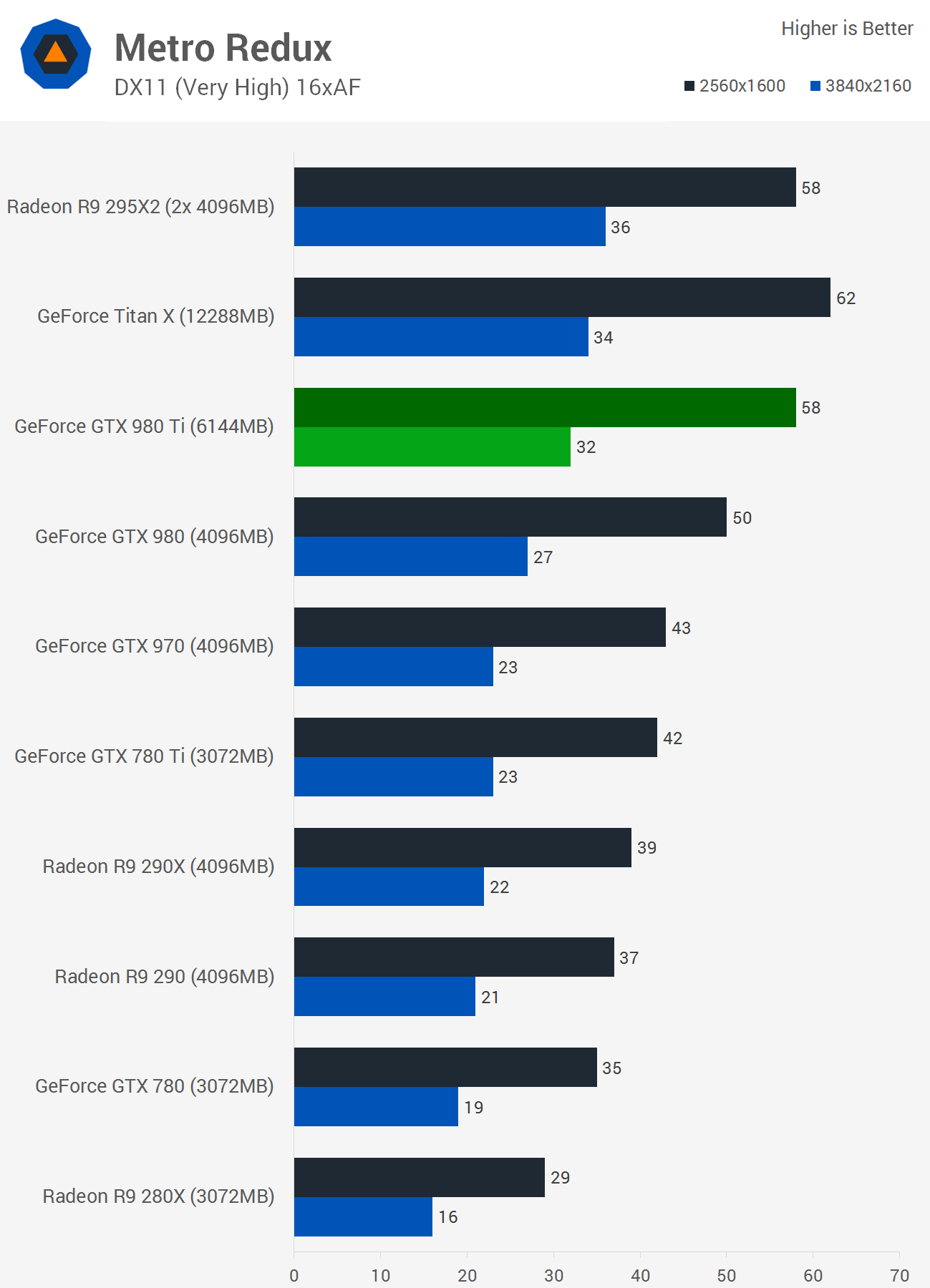
Metro Redux was very playable at 1600p with the GeForce GTX 980 Ti rendering 58fps on average (6% slower than the Titan X). Jumping to 2160p reduced the average frame rate to almost half, this extended the GTX 980 Ti's lead over the GTX 980, while reducing its lead over the R9 290X.
